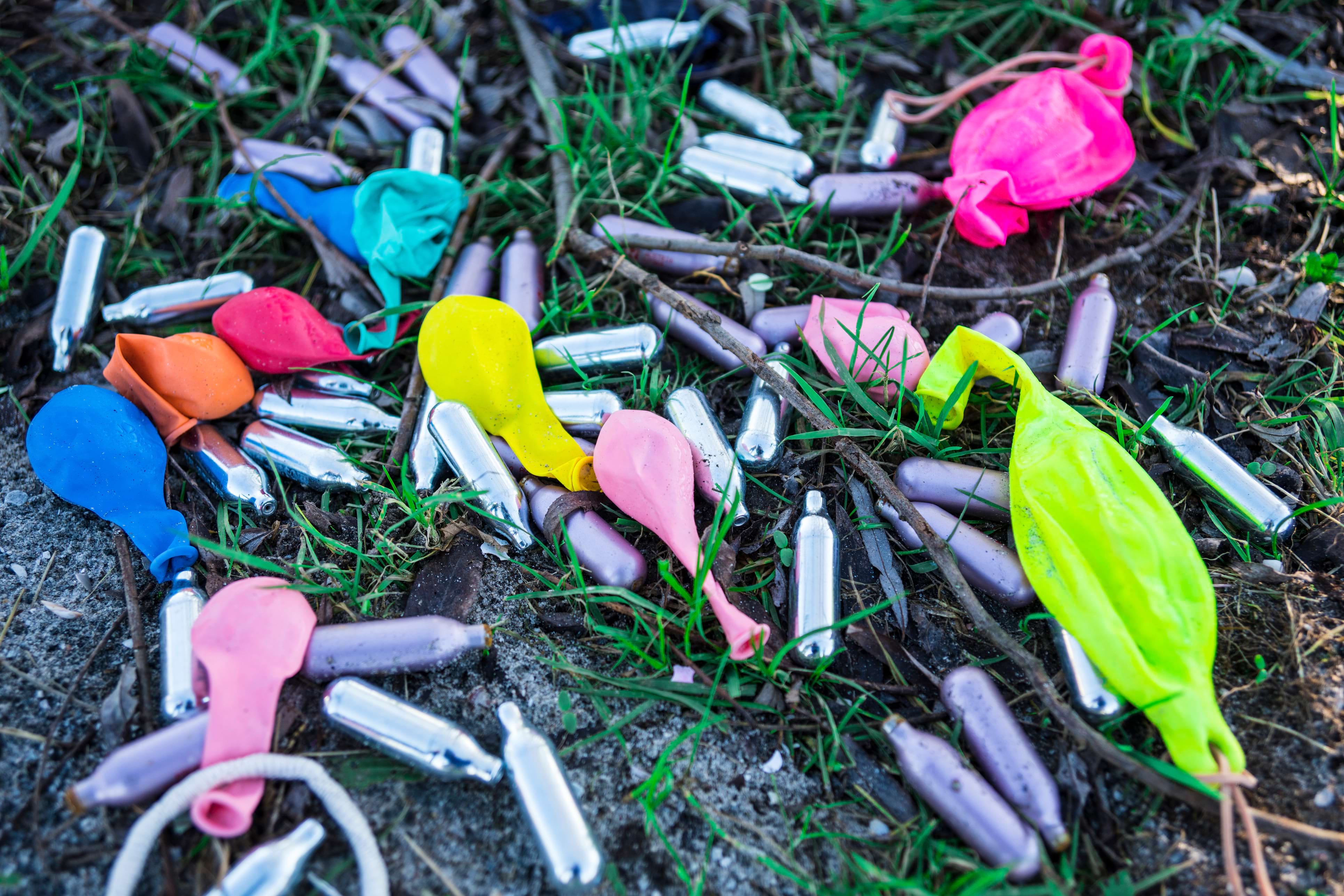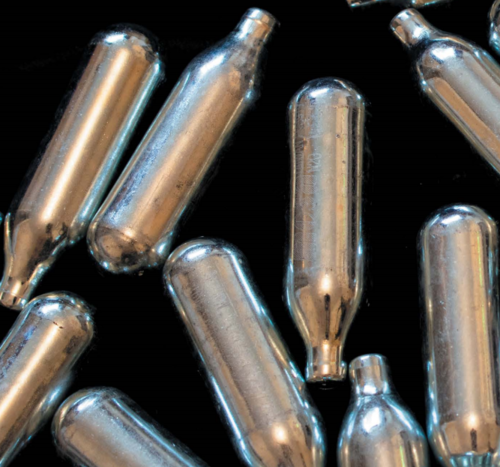
Nitrous oxide – also known as NOS, nangs, whippits or laughing gas – has been in the news lately. A new report by doctors at Auckland Hospital investigated several cases where people experienced nerve damage due to nitrous oxide use. Some of these cases involved significant damage that took a long time to recover from.
Nerve damage symptoms can include numbness or tingling in your fingers, lips or other parts of your body, weakness or tiredness. If you experience any of these symptoms, take a break from using nitrous oxide and talk to your doctor.
How does nitrous oxide nerve damage happen?
Nerve damage can happen if you use a lot of nitrous oxide, or if you're already deficient in Vitamin B12. Nitrous oxide can stop your body from using B12 properly – which is a problem, because B12 is essential for a healthy nervous system.
If you’re taking large doses of nitrous oxide, B12 supplements by themselves won’t help, because nitrous oxide deactivates B12 so your body cannot absorb it and put it to use. You’ll need to stop using nitrous oxide so your nerves can repair themselves.
If you’re thinking about using nitrous oxide, it’s a good idea to get your B12 levels checked first.
Know your NOS serving size
Nitrous oxide is commonly sold in small canisters (sometimes called chargers) like these:

A common dose of nitrous oxide is around 1-3 of the small canisters, and we’d recommend that people don’t do more than this in a single sitting. Check out our nitrous oxide page for more info on dosing.
However, NOS is now being sold in large tanks of a litre or more. A 1L canister of nitrous oxide contains the same amount of NOS as about 70 small canisters, but the big tanks can make it harder to judge how much you’ve had – increasing your risk of nerve damage. In the Auckland Hospital report, the average amount of NOS that people had taken was around 100 small canisters, which is well over the common dose.
There have also been reports of people getting freeze burns from inhaling directly from the large tanks. These tanks contain a huge volume of pressurised gas, which can damage your lungs or give you a freeze burn.
Releasing the gas into another container, such as a balloon connected by a plastic tube first, helps prevent freeze burns and means you can keep track of how much you’ve had. Keep a tally on your phone if you need to. Be mindful that a balloon may be able to hold more than one small canister’s worth of NOS.
More tips to stay safer with nangs
If you’re inhaling nitrous oxide, you’re inhaling less oxygen and if you really overdo it, you could suffocate. NOS can also interact dangerously with other drugs or medications. Here’s how you can stay safer:
- Get your B12 levels checked before using NOS
- Avoid overdoing it – a common dose is 1-3 of the small canisters according to psychonaut.org and CADS Auckland.
- Release the gas into another container (like a balloon) first to avoid the risk of freeze burns
- Never use a facemask with nitrous oxide and don’t use it in an enclosed space, like a car
- Reduce your risk of injury from falling over by sitting or lying down
- Take a break between each charger or balloon, and take breaks between sessions. We’d recommend not using nitrous oxide every day
- Don’t use automotive grade nitrous oxide as this can contain other substances that are harmful
- Don’t use NOS with other drugs or medications that reduce your blood pressure (including Viagra and poppers) as this can make your blood pressure drop so low it can cause death.
Related stories
Recent stories
Tū Whakaruruhau: the study exploring meth experiences
Tū Whakaruruhau study aims to understand more about people's experiences with meth and learn how to help people overcome addiction.
Four things you need to know about the latest overdose stats
We take a look at the latest stats on overdoses in New Zealand, and what we can learn about staying safer with drugs.
Mana Over Meth: A story of recovery
We spoke to the two wāhine behind Mana Over Meth, a short documentary about the ways connection can help people overcome addiction.